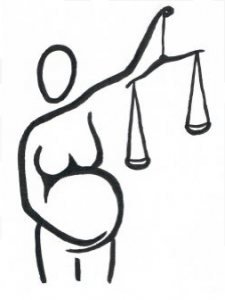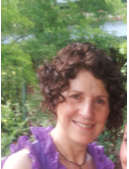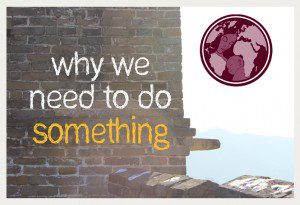Submitted by Kate Gorman, Co-Director/Producer The Face of Birth Are you looking to do a fundraiser for your group or to gather all your friends and colleagues together around a new birth film? Starting March 8th International Women’s Day you can host a screening in your living room, community theater, or wherever you choose of the much anticipated Documentary,The Face of Birth Documentary (87 minutes 2012, Australia).
The Issue of Home Birth in Australia
In Australia in 2009 it nearly became illegal to have a home birth! A new government introduced maternity law reforms that required every midwife to have Public Indemnity insurance. Whilst this may be not a bad thing in itself, no insurer would cover independent midwives who attended homebirths. And at the time apart from a tiny number of hospital/home birth programs the only way to have a homebirth in Australia was with an independent midwife.
It was proposed that if a midwife continued to attend home birth without insurance she would be fined $30,000 and deregistered. If a mother paid a midwife to attend her at home she could be charged with criminal intent. How could this have happened? Australia once had close ties to the UK with historically similar health care systems, however in the UK, still to this day, a woman can chose where to give birth and a mother can chose a home birth all completely funded by the National Health Care System.
Following announcements of the proposed new laws, in September 2009 over 3,000 people, mostly mothers, prepared to march in protest on the national Parliament House. Just hours before the protest commenced the government announced it was giving independent midwives a reprieve allowing them to practice for another two years (this later was extended to three, then to five years). With this announcement came regulations that the midwife would have to collaborate with an obstetrician who would have to ‘sign off’ on the midwife being able to attend.
It was at this rally at Parliament House that filming started on the Birth Documentary The Face Of Birth. Since the film’s release in Australia in 2012 the government has again extended the exemption for independent midwives and amended the collaboration agreement allowing midwives to also collaborate with health professionals/services such as hospitals and General Practitioners. A slight improvement but in the meantime many independent midwives have given up and their numbers have dwindled across the national, especially in rural areas. Despite this the Home birth rate has nearly doubled from 2008 to 2012! It seems women want the choice despite it having become more difficult to access.
The film was taken up by various lobby groups who used it to apply additional pressure to the ‘powers that be’. Further changes followed where independent midwives can also qualify for a health insurance rebate, meaning that the mother paying the midwife can recover some costs for ante natal and post natal care (but strangely not for the actual birth).
Some of the Australian State governments have also looked for solutions. In Victoria two large hospitals started up home birth pilot programs – offering not only the option of birth at home but also continuity of care with caseload programs. The programs became incredible popular incredibly quickly.
While women in Australia are struggling and fighting for their rights, in New Zealand, Australia’s close neighbours, they have in place what US Anthropologist Robbie Davis-Floyd has declared the best maternity service in the world. Where women can choose home, hospital or birth centre birth all funded and also choose their lead maternity carer (80% of women choose a midwife). The lead maternity carer stays with the woman during the care and if the mother chooses to change place of birth, i.e. from hospital to home or birth centre to hospital, during the pregnancy even during the labour, their lead maternity carer can go with them.
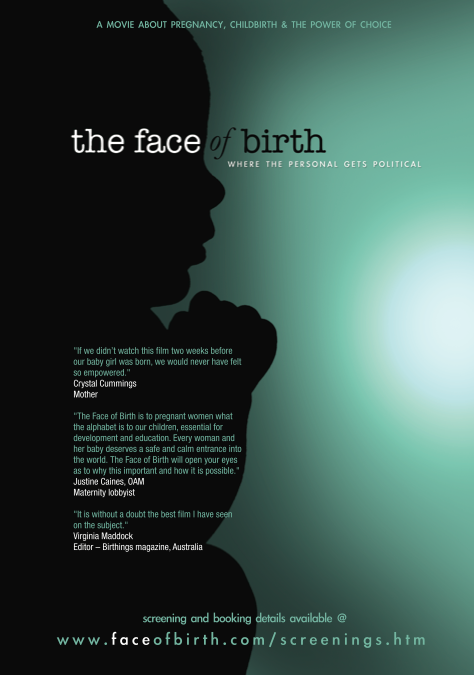 While the beginnings of change are being felt in Australia, there is still there is a long way to go.
While the beginnings of change are being felt in Australia, there is still there is a long way to go.
With birth choices being so limited in countries like Hungry, Croatia, Russia and the US – where it is illegal is some states to have a homebirth – films like The Face Of Birth, Freedom for Birth and Organic Birth are going a long way to help educate and create change for all the women who are yet to have their babies. It is at screenings of these films that women and families gather and share experience good and bad. Groups, rallies, websites, activism and general support for women is born from these community screenings. The human rights issue of choice for place of birth is an issue for all humanity.
To see more and have your own screening visit www.faceofbirth.com.
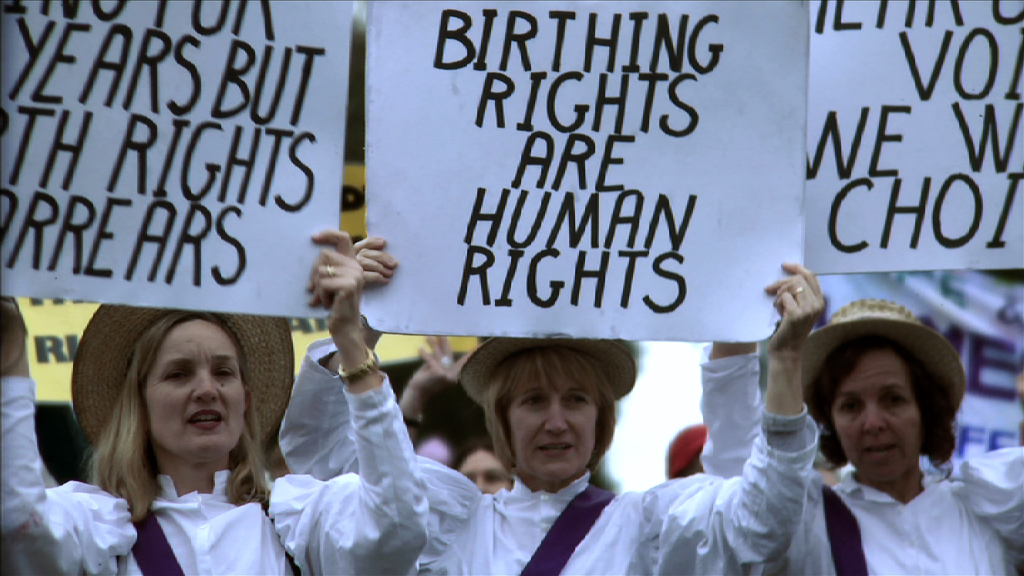
 It is an exciting time as last week
It is an exciting time as last week 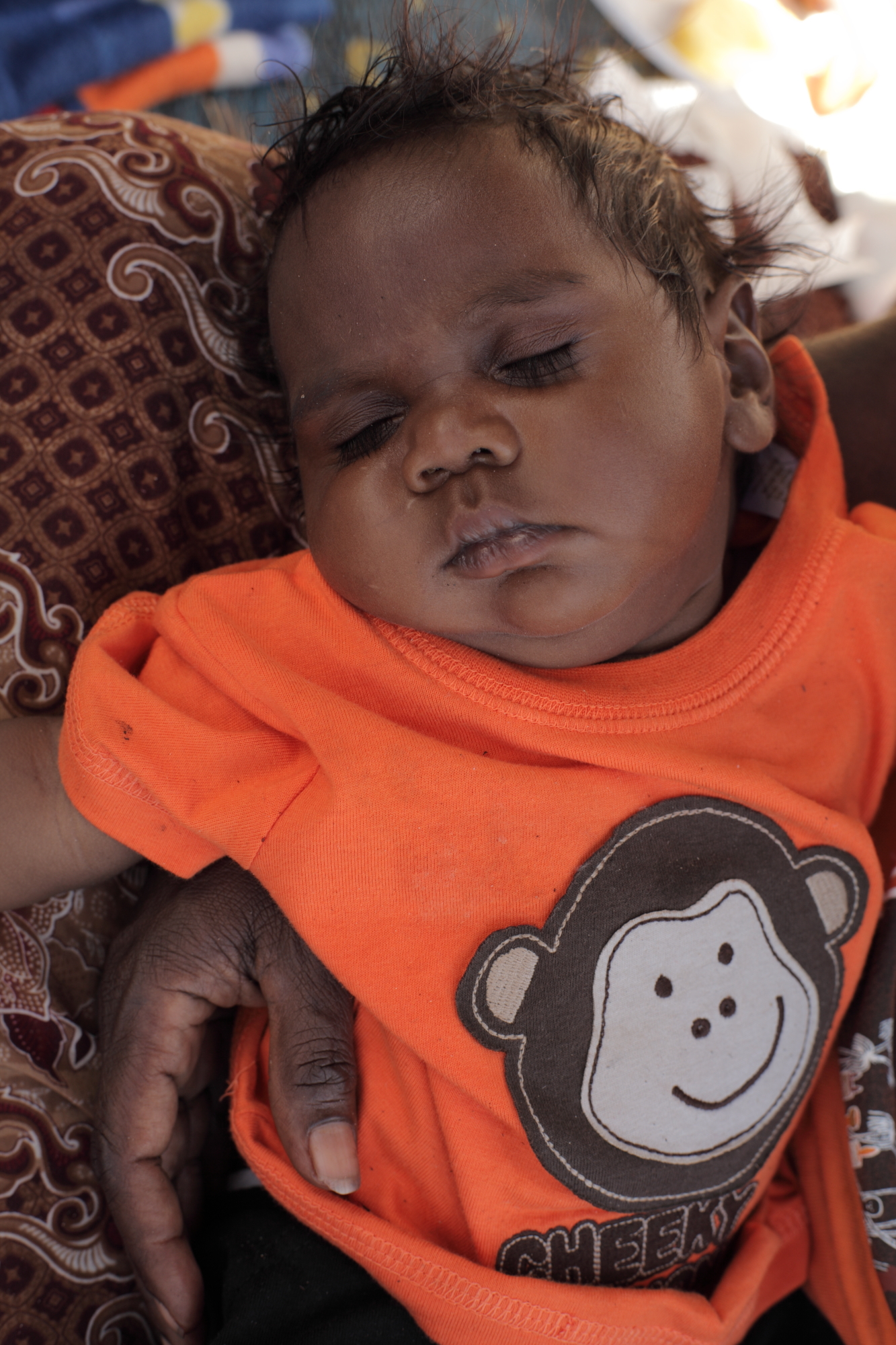
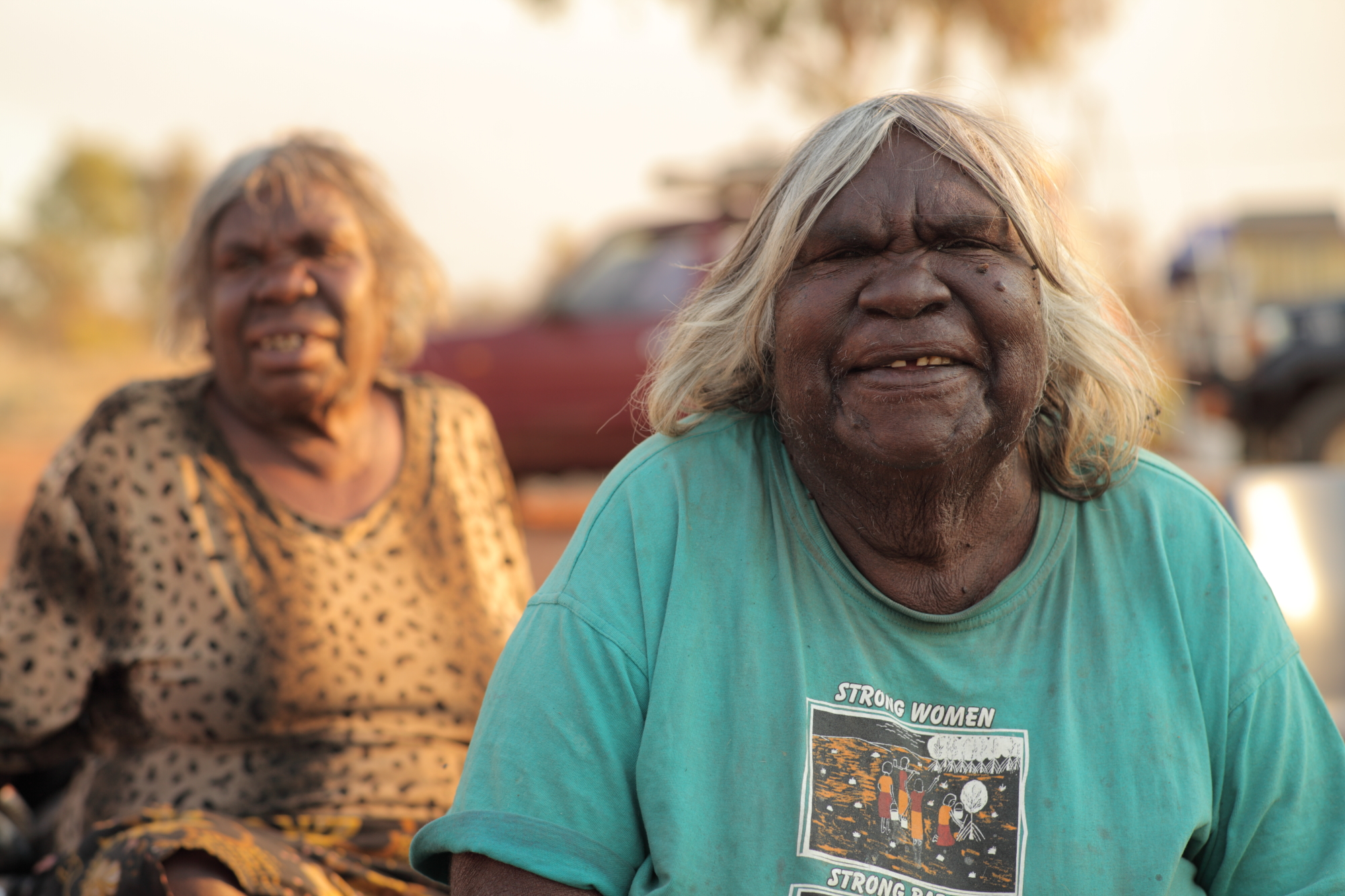
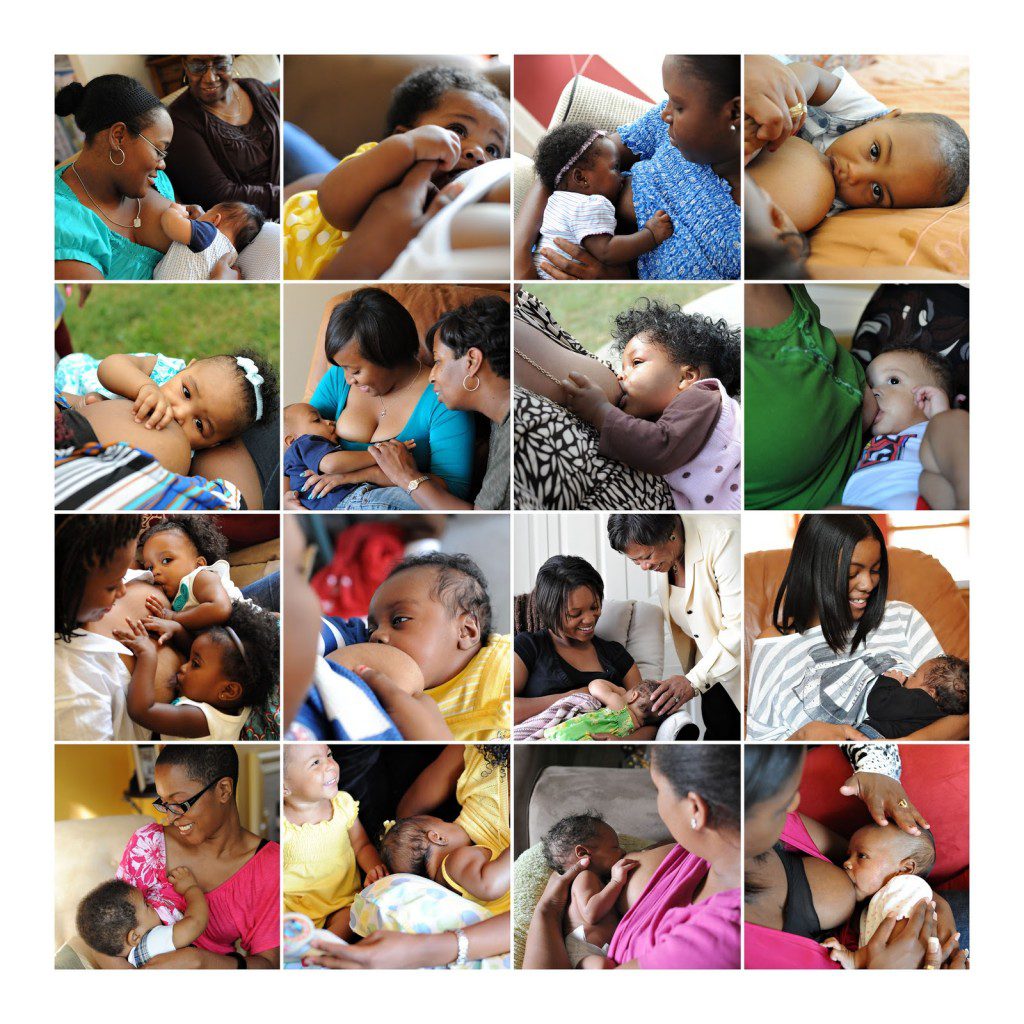


 “When you bring consciousness to anything, things begin to shift.”
“When you bring consciousness to anything, things begin to shift.”